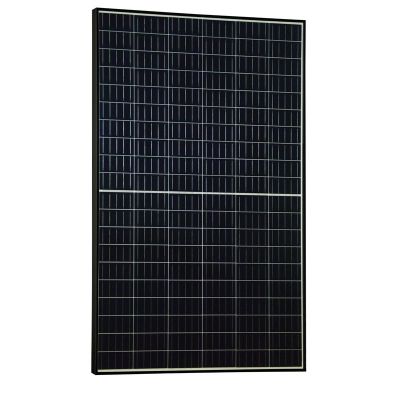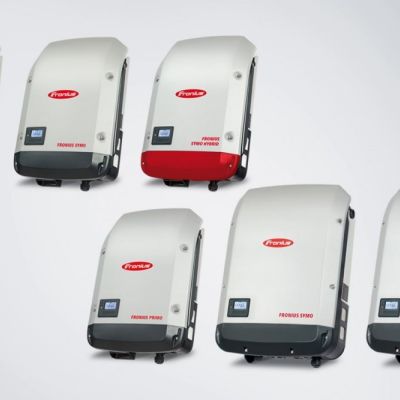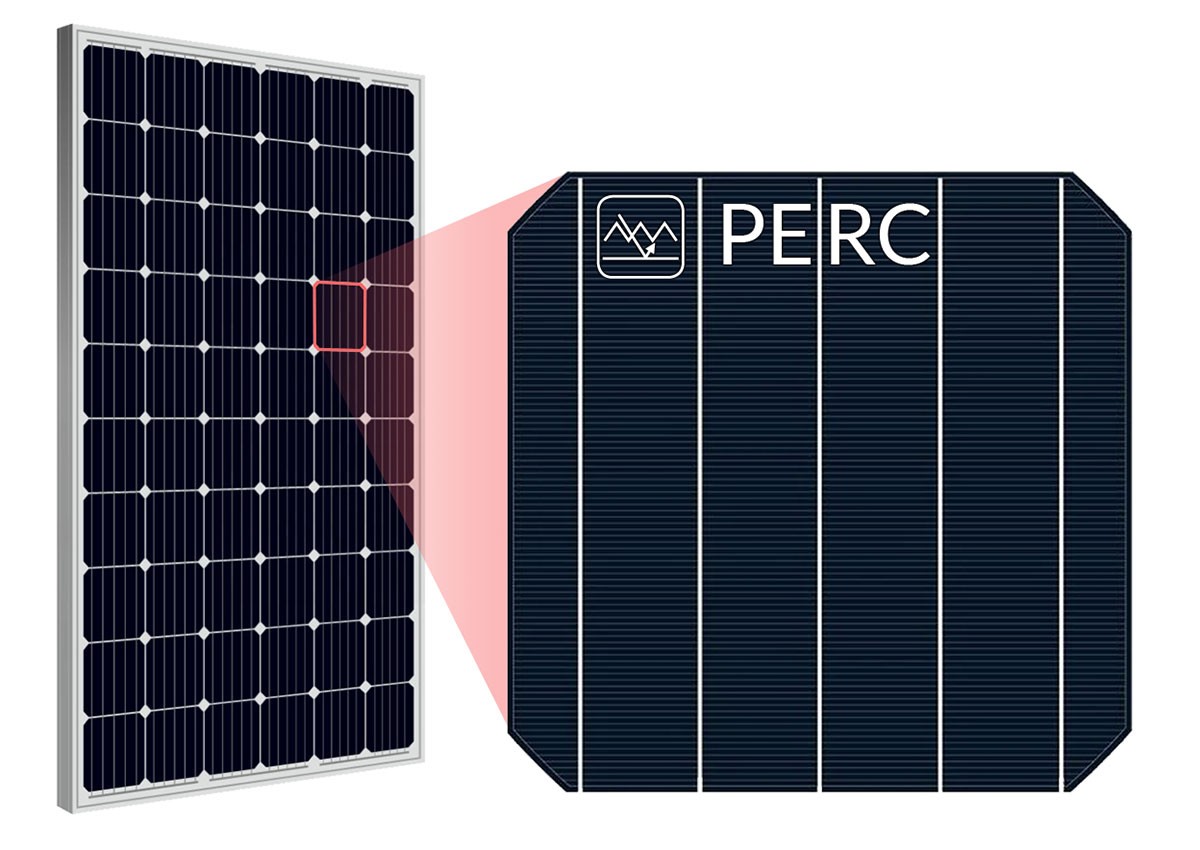




The development of silicon photovoltaic cells primarily aimed at eliminating the phenomenon of recombination on the rear and front surface of the cells.
Attempts to address these problems have led to the creation of the entire group of PERC-type silicon cells (PassivatedEmitter and Rear Cell).
The following four types of structures within the PERC group are most often distinguished:
„Fig. Diagram of the construction of silicon cells from the group of PERC
(A) PERD, (B) PERL (C) PERT (D) PERF”[1]
In each type of silicon cell presented, particular emphasis was placed on the passivation of the rear and front surfaces. Passivating layers are used on both sides of the cell and the level of doping on the front surface is reduced.
Despite the apparent differences in the design of the cells shown, the front and rear electrode is their common element. In addition, the front electrode is designed and manufactured in the same way for the entire PERC-type cell group, and it does not deviate from the electrode production in typical crystalline photovoltaic cells.
‘The main benefit of the PERC-type cell structure is that it allows manufacturers to achieve higher productivity than in the case of standard photovoltaic cells.’
![]()
‘Given the current state of the technology, up to 1% of the overall gain in terms of productivity can be achieved. This profit results in a reduction in costs, including at the level of the whole system. It should be borne in mind that Holy Grail is the cell with improved efficiency and minimised costs, while productivity growth also contributes to reducing costs.
It should be noted that the standard design of PV cells has been in use since the mid-1980s. Since then, technology has been gradually improving. Almost 30 years had passed before the industry achieved the performance levels achieved in research.
There is always some difference between the performance at the research level and the industrial-scale production level. The current development of PERC technology is related to the economic situation. Over the last 30 years, the gradual improvements introduced to standard PV cell technology have been economically and technically feasible. Now that standard technology reaches its limits and the technological know-how to implement PERC technology is available, it is possible to establish a new platform for the production of high-performance solar panels.’ [2]
Literature
[1] Martin A. Green, “The PassivatedEmitter and Rear Cell (PERC): From conception to massproduction”, ELSEVIER
[2] https://globenergia.pl
Register: District Court of the city of Szczecin
17th Commercial Division KRS 0000004595
Share capital: PLN 800,000 – paid in full
Working hours of sales department: 7:00 – 15:00
Warehouse opening hours: 7:00 – 15:00
NIP 852-22-99-864, REGON 812026229
Account number: PLN 47 1020 4795 0000 9702 0177 4603
Copyright © SELFA GE S.A.
All rights reserved.